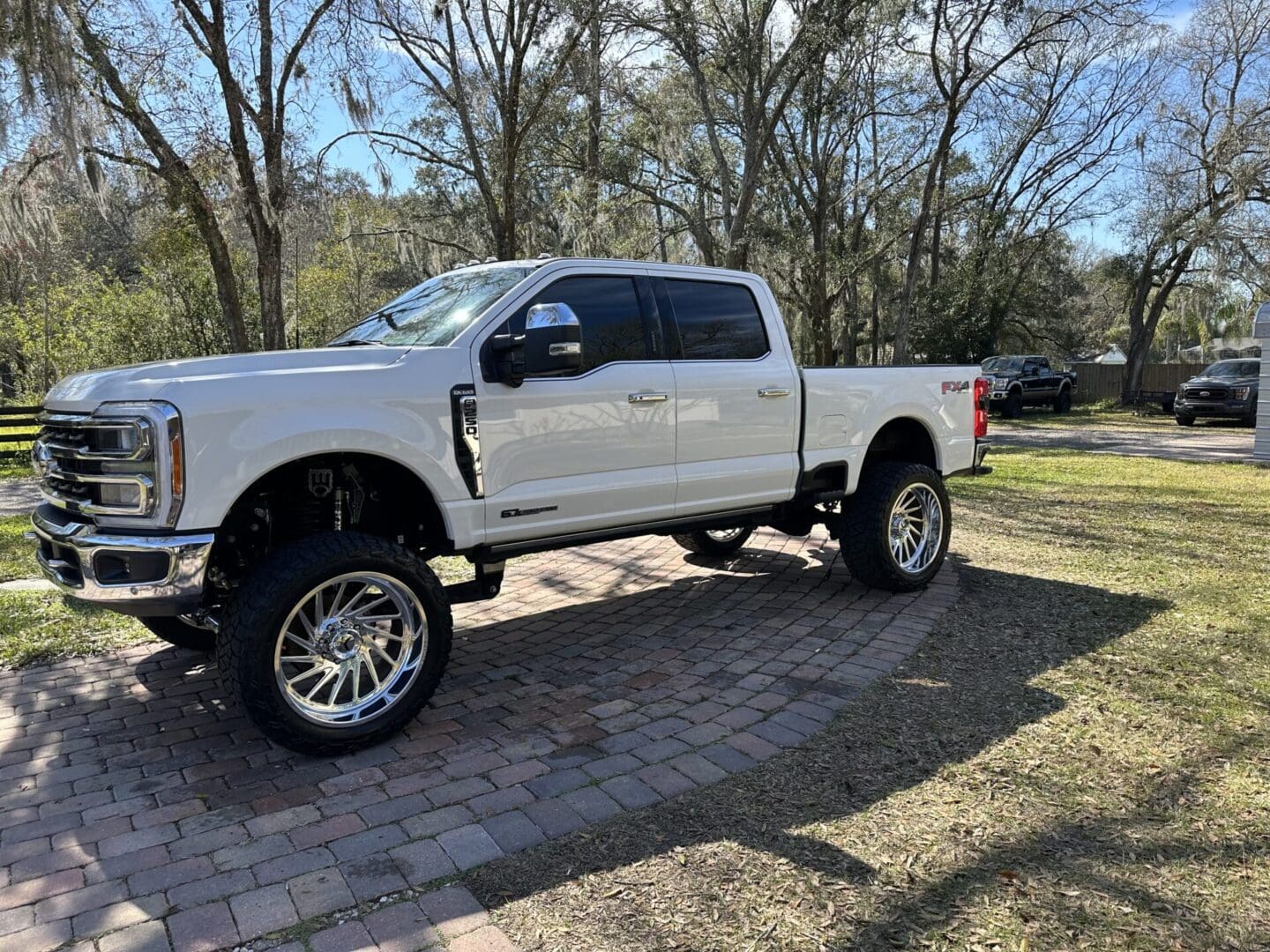
Enhance Your Drive With Ceramic Window Tinting
Enjoy your journey with enhanced style and protection provided by Southern Edge’s Ceramic window tinting. This upgrade offers benefits beyond aesthetics, featuring a multi-layered polyester film available in various shades and technologies tailored to specific needs. A significant advantage is heat reduction, effectively blocking a substantial amount of sunlight to keep your vehicle's interior cooler, particularly on hot summer days. This ensures a more comfortable driving experience for both you and your passengers.
Benefits
Enhanced Appearance
Automotive window tinting transforms your vehicle's aesthetic by adding a sleek, modern look while providing essential protection for your car's interior against sun damage.
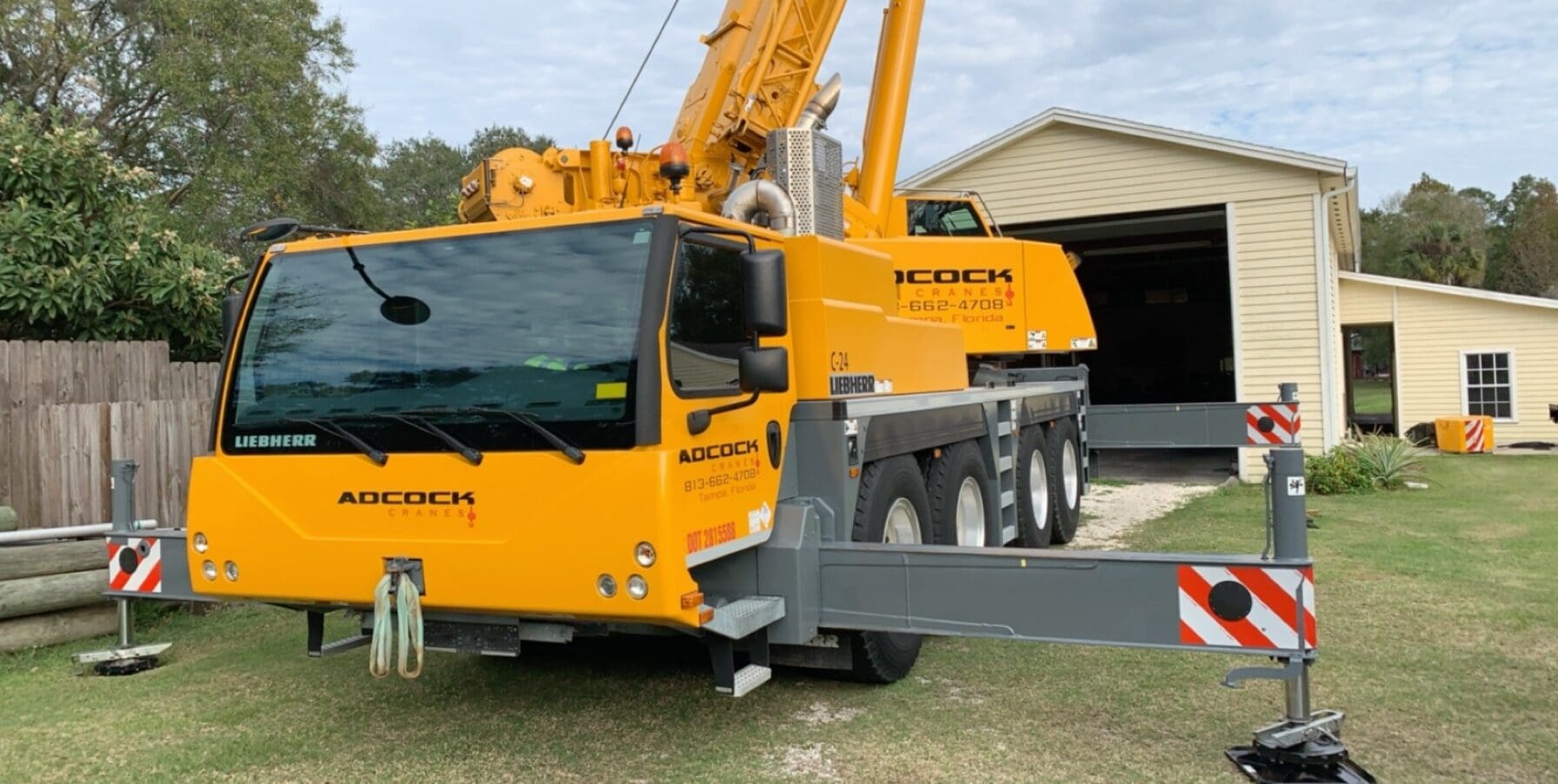
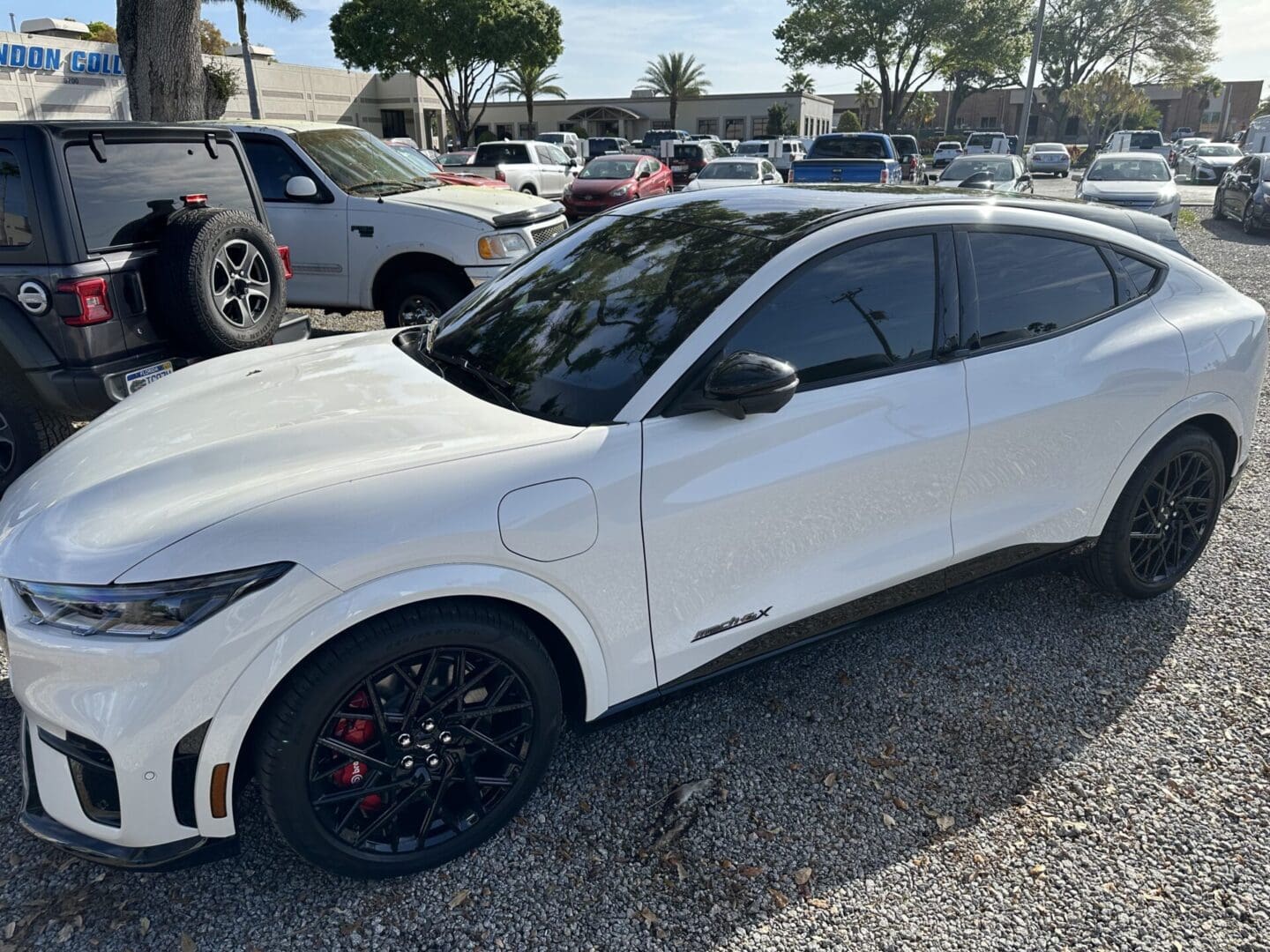
Heat Reduction
By blocking a significant portion of solar radiation, automotive window film keeps your car cooler and more comfortable during hot weather, ensuring a pleasant driving experience for you and your passengers.
Glare Reduction
Tinted windows effectively minimize glare from sunlight and headlights, improving visibility and safety on the road, especially during dawn, dusk, or bright sunny days.
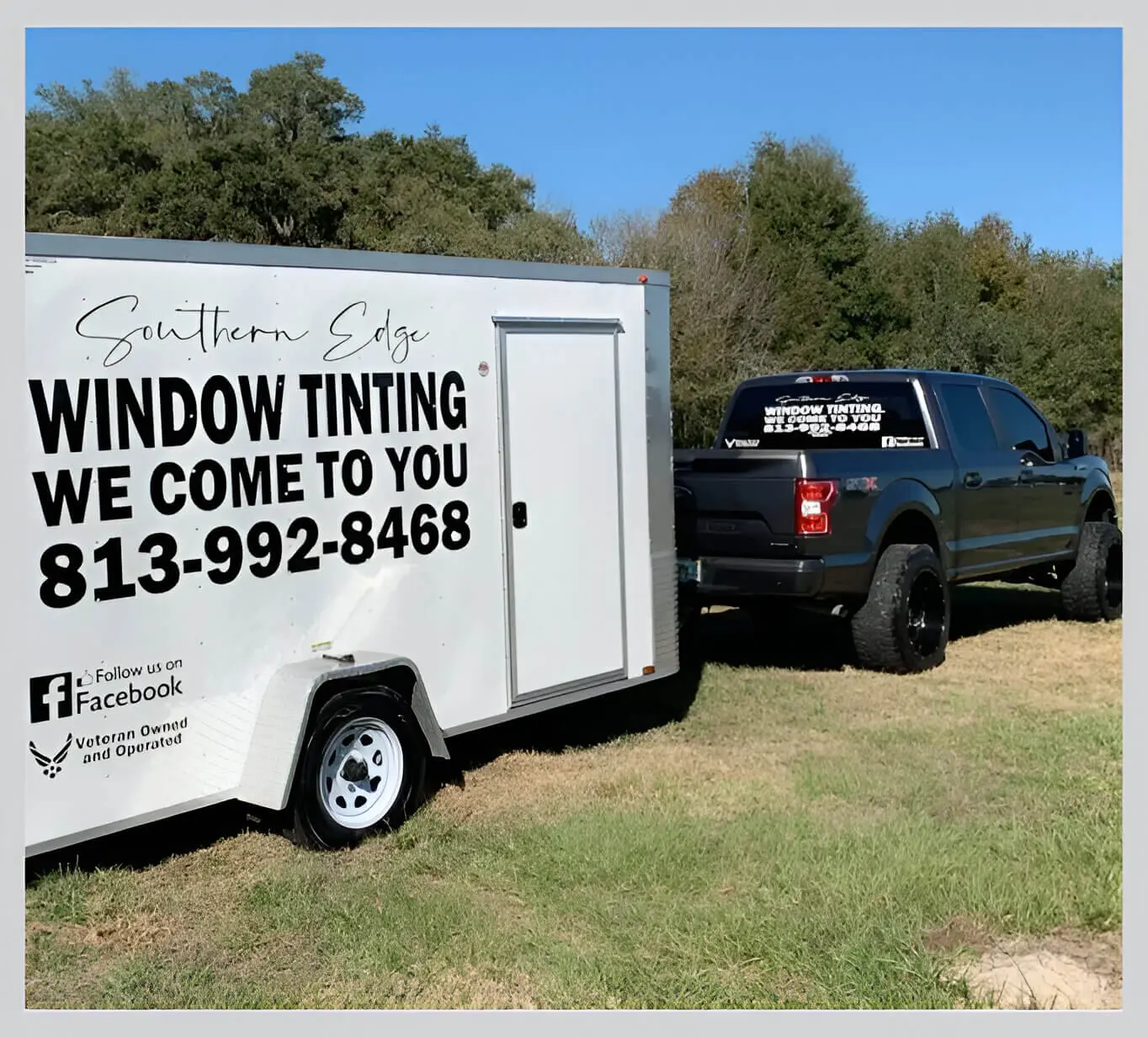
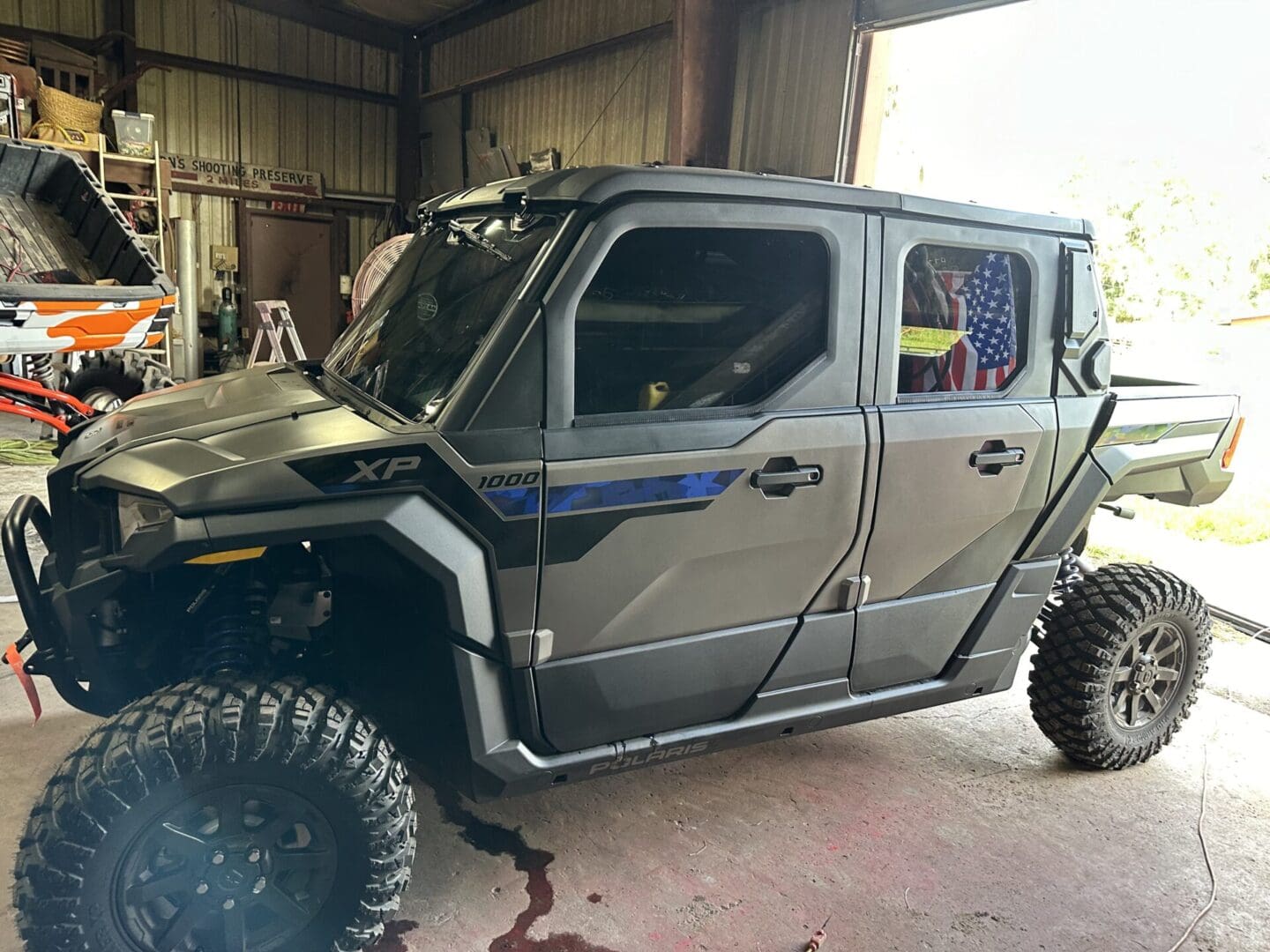
UV Protection
Privacy Enhancement and Security
With tinted windows, you enjoy enhanced privacy by reducing visibility into your vehicle's interior, providing peace of mind against potential theft, and improving personal security while parked or on the move.
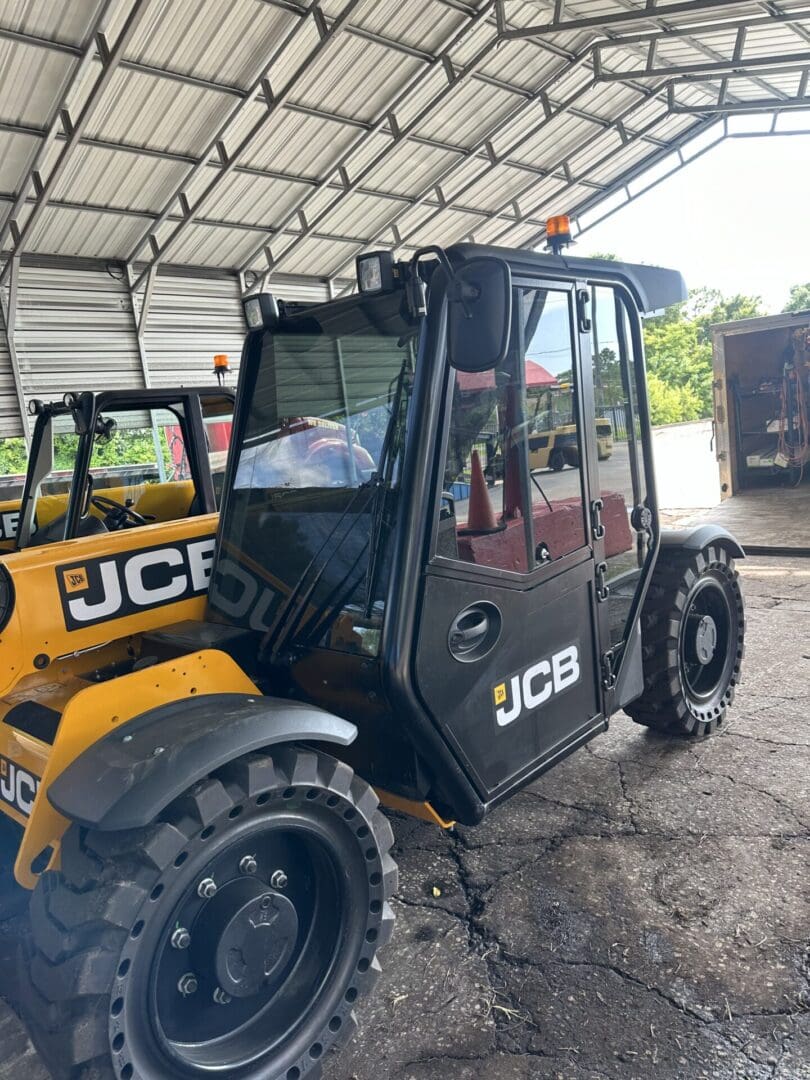

Shatter-Resistance
In the unfortunate event of an accident, automotive window film helps hold shattered glass together, minimizing the risk of injury from flying glass fragments and enhancing overall vehicle safety.
How to prepare your vehicle for Tinting Services:
1. Clean car inside and out
2. Have a shaded area available. Ideally a garage. However, as long as weather conditions are good a shady area is the only thing required
3. Do not remove any stickers from windows. Allow us to do that for you.
All films come with a lifetime warranty from the film manufacture on legal tint jobs.
Peeling or major defects are covered. However, please keep in mind we are mobile and do tint outside.
- Window films block up to 99% of the sun's harmful UV rays that may lead to skin damage and fading of car interiors. Window films can reduce the amount of heat coming into the interior and reduce glare as well.
- Included in these powerful bands are the invisible and more energetic (higher frequency) ultraviolet rays. There are three types of ultraviolet rays: UV-C (100 – 290 nanometers), UV-B (290 -320 nanometers), and UV-A (320- 400 nanometers). The earth’s atmosphere and ozone layer filter out most UV-C and a percentage of the UV-B.
UV-A & UV-B
- Ultraviolet (UV) radiation represents only about 3% of the energy being transmitted in normal sunlight. UV-B causes sunburn, and prolonged exposure to it over many years has been linked to skin cancer, particularly basal and squamous cell. Glass absorbs heavily in the UVB range and screens most of those wavelengths. UV-A is now thought to cause 90% of skin aging and has been linked to melanoma since the longer wavelength of the UV-A rays penetrate deeper into the skin. “Broad-spectrum” sunscreens were developed to screen UV-B and UV-A. Early sunscreens only screened in the UV-B and allowed people to stay in the sun longer without experiencing a sunburn, thus allowing more UV-A skin damage.
- According to the Skin Cancer Foundation, there are about 106,000 new cases of non-invasive and 101,000 cases of invasive melanoma carcinoma and about 3.6 million basal cell and 1.8 million squamous cell skin cancers diagnosed annually in the US. There are roughly 7000 melanoma skin cancer deaths per year. Window film is designed to absorb UV-A radiation so while glass may protect from a sunburn, the addition of window film can be a significant improvement in the blocking of aging and cancer-causing UV radiation
Request a Quote
Contact Southern Edge today to request a personalized quote for your vehicle window tinting needs. Our experts will help you choose the best automotive window film solution to enhance your driving experience.
UV Rays Facts and info
UV-A & UV-B